Welcome to the world of smart home technology, where convenience, efficiency, and a bit of magic converge to make your living spaces more enjoyable and, well, smarter. Among the myriad options available to upgrade your home, smart lights stand out as a brilliant first step or addition to your smart home. But how do you begin? Let's shed some light on the subject.
What Are Smart Lights?
Imagine walking into a room, and the lights adjust to your preferred brightness and color without flipping a switch. That's the smart light magic. These aren't your average bulbs; they connect to your internet, allowing you to control them via smartphones, voice assistants, or even smartwatches.
Benefits of Integrating Smart Lights
Why make the switch? Smart lights not only offer convenience but also enhance security, provide energy savings, and can significantly improve the ambiance of your home. It's like having a personal lighting technician at your beck and call.
Choosing the Right Smart Lights for Your Home
Not all smart lights are created equal. From lumens to color temperatures and compatibility with existing home automation systems, we'll guide you through selecting the perfect lights for your needs.
Setting Up Your Smart Lights
Setting up smart lights can be as simple as screwing in a bulb. We'll walk you through the setup process, app installation, and connecting your lights to Wi-Fi.
Connecting to a Smart Home Hub
For the ultimate in home automation, connecting your smart lights to a smart home hub allows for seamless integration with other smart devices. We'll show you how.
Customizing Your Lighting Experience
Learn how to create the perfect mood for any occasion with customizable scenes, schedules, and voice commands. Your home, your rules.
Smart Light Placement Tips
Placement is key to maximizing the benefits of your smart lights. We'll share tips on where to place your smart lights for the best effect.
Energy Saving with Smart Lights
Smart lights are not just about convenience; they're also about sustainability. Discover how smart lighting can help lower your energy bills.
Troubleshooting Common Issues
Encountered a hiccup? We've got the solutions to the most common smart light issues.
The Future of Smart Lighting
What does the future hold for smart lighting? Let's explore the innovations on the horizon.
Conclusion
Integrating smart lights into your smart home can transform your living spaces in ways you've never imagined. With the right setup, your home can become more energy-efficient, secure, and, most importantly, tailored to your lifestyle.
FAQs
1. Can smart lights work without internet?
Yes, some smart lights can operate with limited functionality without an internet connection, using Bluetooth or a local network.
2. Are smart lights compatible with all voice assistants?
Most smart lights are compatible with popular voice assistants like Alexa, Google Assistant, and Siri. However, it's essential to check compatibility before purchasing.
3. How long do smart bulbs last?
Smart bulbs generally have a longer lifespan than traditional bulbs, often lasting up to 20,000 hours or more.
4. Can I control smart lights away from home?
Yes, with an internet connection, you can control your smart lights remotely through the associated app on your smartphone.
5. Do smart lights increase home value?
While smart lights themselves might not significantly increase home value, a fully integrated smart home system can be appealing to potential buyers.
By embracing smart lighting, you're not just installing bulbs; you're unlocking a new level of control and customization over your home's ambiance and energy consumption. Welcome to the future of home lighting.
 Beyond Convenience: How Smart Devices Can Enhance Home Security03/28/2024Posted in: GuideRead more
Beyond Convenience: How Smart Devices Can Enhance Home Security03/28/2024Posted in: GuideRead more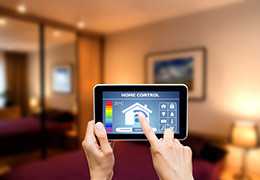 The Ultimate Smart Home Starter Kit: Must-Haves for Beginners (Affordability Edition)03/28/2024Posted in: GuideRead more
The Ultimate Smart Home Starter Kit: Must-Haves for Beginners (Affordability Edition)03/28/2024Posted in: GuideRead more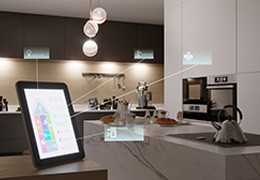 Illuminate Your Life: Home Lighting Automation Explained03/28/2024Posted in: Smart HomeRead more
Illuminate Your Life: Home Lighting Automation Explained03/28/2024Posted in: Smart HomeRead more
 Enhance Your Home Security with a Smart Lock: The Ultimate Guide03/28/2024Posted in: Smart HomeRead more
Enhance Your Home Security with a Smart Lock: The Ultimate Guide03/28/2024Posted in: Smart HomeRead more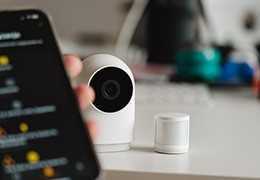
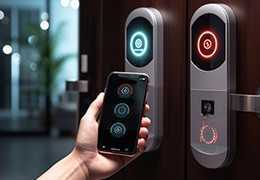 The Ultimate Guide to Home Automation Hubs02/12/2024Posted in: Smart HomeHome automation...Read more
The Ultimate Guide to Home Automation Hubs02/12/2024Posted in: Smart HomeHome automation...Read more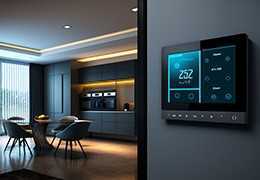 Enhance Your Security: Smart Home Solutions02/12/2024Posted in: Smart HomeIn today's...Read more
Enhance Your Security: Smart Home Solutions02/12/2024Posted in: Smart HomeIn today's...Read more
 Smart Light Compatibility: Ensuring Seamless Integration02/12/2024Posted in: Smart LightingIn the realm of...Read more
Smart Light Compatibility: Ensuring Seamless Integration02/12/2024Posted in: Smart LightingIn the realm of...Read more Beyond Convenience: How Smart Devices Can Enhance Home Security03/28/2024Posted in: GuideSmart home...Read more
Beyond Convenience: How Smart Devices Can Enhance Home Security03/28/2024Posted in: GuideSmart home...Read more The Ultimate Smart Home Starter Kit: Must-Haves for Beginners (Affordability Edition)03/28/2024Posted in: GuideTurn your home...Read more
The Ultimate Smart Home Starter Kit: Must-Haves for Beginners (Affordability Edition)03/28/2024Posted in: GuideTurn your home...Read more Illuminate Your Life: Home Lighting Automation Explained03/28/2024Posted in: Smart HomeThis guide...Read more
Illuminate Your Life: Home Lighting Automation Explained03/28/2024Posted in: Smart HomeThis guide...Read more
 Enhance Your Home Security with a Smart Lock: The Ultimate Guide03/28/2024Posted in: Smart HomeThis guide...Read more
Enhance Your Home Security with a Smart Lock: The Ultimate Guide03/28/2024Posted in: Smart HomeThis guide...Read more

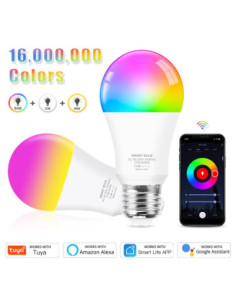
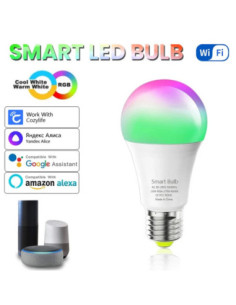
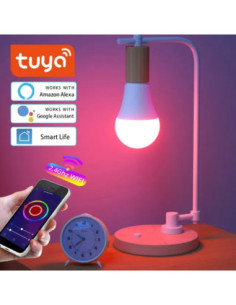
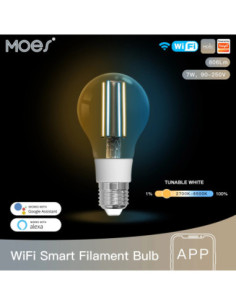
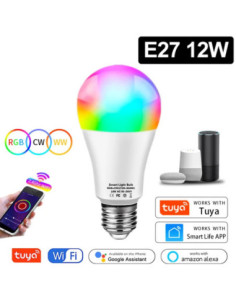




Leave a comment